Have you ever stepped into your bathroom and felt like something was missing? Maybe your old porcelain bathtub just doesn’t cut it anymore, and you’re craving a more stylish, functional, or unique bathing experience. Well, you’re in luck! These days, there’s a whole world of bathtub materials beyond the traditional porcelain, each with its own set of benefits and considerations.
As a designer passionate about cozy New England decor, I’ve seen firsthand how the right bathtub can completely transform a bathroom. The options are endless, from the sleek, modern acrylic appeal to cast iron’s timeless elegance. And the best part? You can find a bathtub material that perfectly suits your style, budget, and lifestyle.
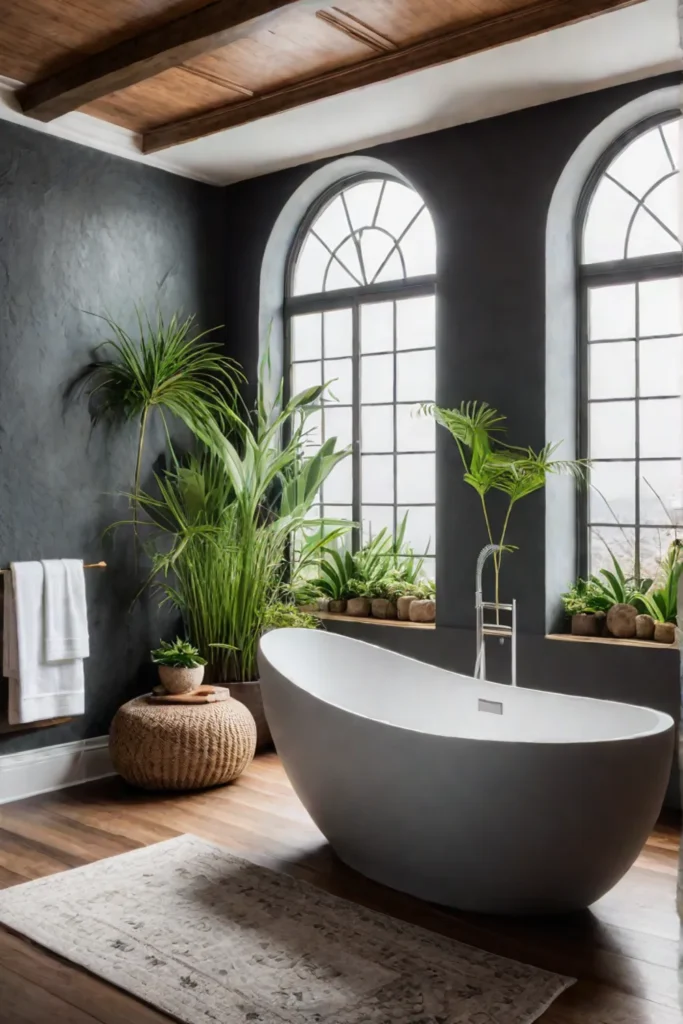
So, whether you are planning a full-blown bathroom renovation or just looking to upgrade your tub, get ready to dive into the diverse world of bathtub materials. This comprehensive guide will explore the unique features, benefits, and considerations of acrylic, cast iron, enameled steel, copper, and stone resin bathtubs. By the end, you’ll be armed with the knowledge to select the perfect bathtub to make your bathroom feel like a relaxing oasis.
Acrylic Bathtubs: Lightweight, Durable, and Affordable
Let’s start with acrylic bathtubs, which have been gaining popularity recently. These synthetic tubs are known for their lightweight construction, making them a breeze to install, even in tight spaces. But don’t let their featherweight nature fool you – acrylic is surprisingly durable and scratch-resistant, making it a great choice for families with young children.
One of acrylic’s biggest advantages is its easy maintenance. The non-porous surface prevents the growth of bacteria and mold, so a quick wipe-down with some mild soap and water is usually all it takes to keep your tub looking fresh. With a wide range of color and design options, you can find an acrylic bathtub that perfectly complements your bathroom’s style.
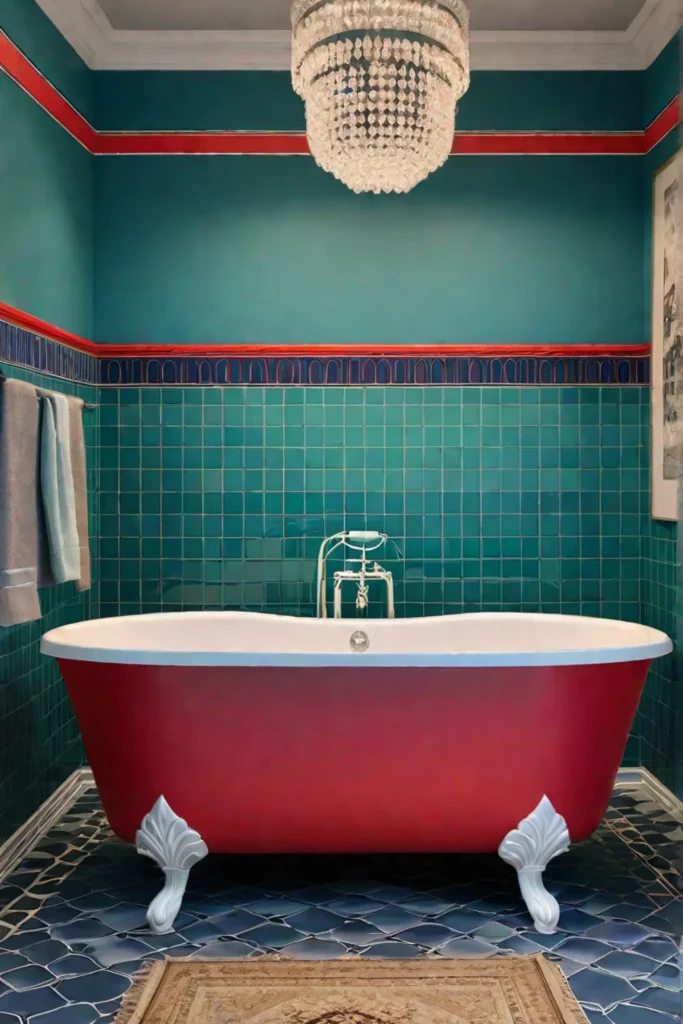
But the real kicker? Acrylic bathtubs are generally more affordable than other materials like cast iron or solid surfaces. So, if you’re working with a tight budget but still want a high-quality, long-lasting tub, acrylic might be the way to go.
Cast Iron Bathtubs: Timeless Elegance and Unparalleled Durability
Now, let’s talk about the heavyweight champion of the bathtub world: cast iron. These tubs have been around for centuries, and it’s easy to see why they’ve stood the test of time. Cast iron is renowned for its exceptional durability, with some examples lasting over 100 years!
But it’s not just about longevity – cast iron bathtubs also offer unmatched heat retention, ensuring your soak stays toasty warm from start to finish. And let’s not forget about the timeless, elegant aesthetic that cast iron brings to the table. These tubs are a perfect fit for homeowners with a penchant for vintage or period-style decor.
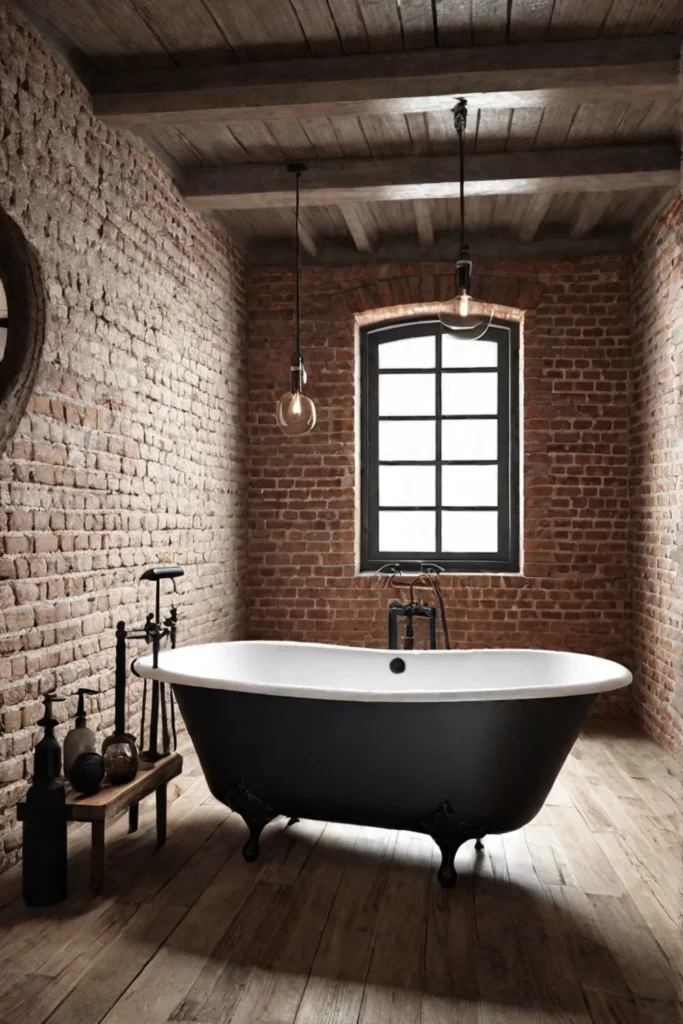
Of course, cast iron bathtubs’ weight and installation process are something to consider. These tubs can be quite heavy, requiring professional assistance during installation. But for those willing to put in a little extra effort, a cast iron bathtub can be a true showstopper, adding a classic charm to any bathroom.
Enameled Steel Bathtubs: Durable, Affordable, and Versatile
If you’re looking for a balance of durability, affordability, and design flexibility, enameled steel bathtubs might be just what you need. These tubs feature a steel base coated with a glossy, glass-like enamel finish, creating a surface resistant to chipping, cracking, and staining.
Enameled steel bathtubs are generally more budget-friendly than their cast iron or solid-surface counterparts, making them an attractive option for homeowners on a tighter budget. But don’t let the lower price tag fool you—these tubs are built to last, with a lifespan of around 20-30 years.

One of the standout features of enameled steel bathtubs is the wide range of color and design options. From classic white to bold, vibrant hues, you can easily find an enameled steel tub that complements your bathroom’s aesthetic. And thanks to their relatively lightweight construction, enameled steel bathtubs are also relatively easy to install, further adding to their appeal.
Copper Bathtubs: A Luxurious and Antimicrobial Option
If you want to add a touch of luxury and sophistication to your bathroom, copper bathtubs might be the way to go. These stunning tubs have a distinctive, eye-catching appearance that instantly elevates the space.
But copper bathtubs offer more than just good looks – they also boast impressive antimicrobial properties, helping to prevent the growth of harmful bacteria. This makes them popular for homeowners who prioritize cleanliness and hygiene in their bathrooms.
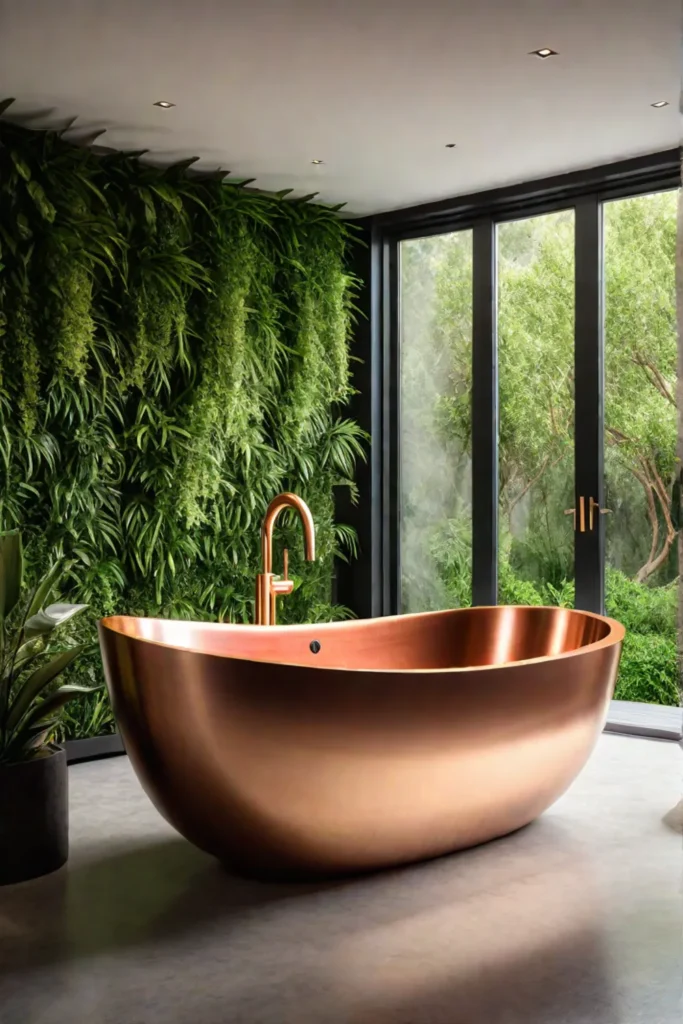
Copper bathtubs are also renowned for their excellent heat retention, ensuring your soak stays toasty warm from start to finish. And over time, these tubs can develop a unique patina, adding even more character and charm to your bathroom.
Of course, the premium price tag and specialized installation requirements of copper bathtubs are worth considering. But for those who can afford the investment, a copper tub can be a true showpiece, transforming your bathroom into a relaxing, spa-like oasis.
Stone Resin Bathtubs: Durability, Customization, and Sustainability
Lastly, let’s explore the world of stone resin bathtubs. Also known as solid surface bathtubs, these tubs are made from a combination of natural minerals and resins, creating a durable, non-porous surface that’s highly resistant to scratches and impacts.
One of the standout features of stone resin bathtubs is their customizability. The manufacturing process allows for incorporating various colors and patterns, mimicking the look of natural stone. This means you can find a stone resin tub that perfectly complements your bathroom’s design, whether for a modern, contemporary, or more traditional aesthetic.
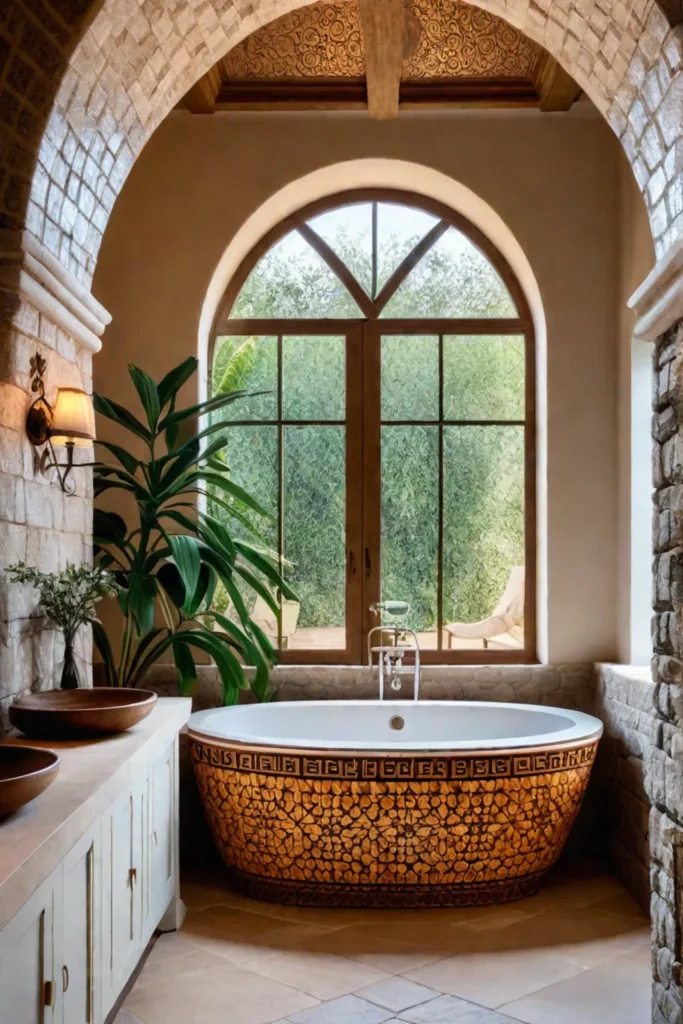
But stone resin bathtubs aren’t just about good looks—they’re also incredibly easy to maintain. Their non-porous surface makes them resistant to stains and mildew, and they can be cleaned with a simple wipe-down using mild soap and water.
Furthermore, stone resin bathtubs are eco-friendly, as they’re made from sustainable materials. So, a stone resin tub might be the perfect addition if you want to incorporate more sustainable elements into your bathroom renovation.
Comparing Bathtub Materials: Weighing the Pros and Cons
Now that we’ve explored the unique features and benefits of various bathtub materials, it’s time to take a step back and compare them. After all, choosing the right bathtub is a big decision, and weighing all the factors before making your selection is important.
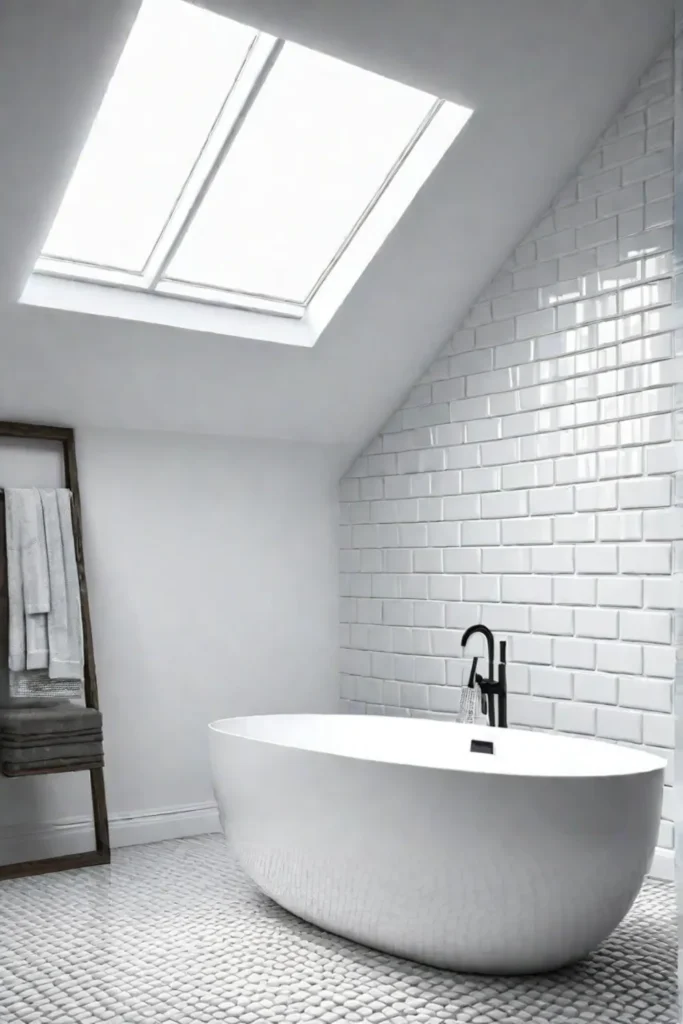
Regarding durability and lifespan, cast iron and copper bathtubs reign supreme, potentially lasting for decades, if not centuries, with proper care. On the other hand, acrylic and enameled steel tubs have a more moderate lifespan of 10-30 years, but they often come with a lower price tag.
Maintenance and cleaning requirements also vary across the different materials. Acrylic and enameled steel bathtubs are generally low-maintenance, requiring only occasional cleaning and touch-ups. However, cast iron and copper tubs may need more specialized care, such as regular polishing or resealing.
And let’s not forget about design flexibility. Acrylic and stone resin bathtubs offer the widest color and style options, allowing you to customize your bathroom’s look. While undeniably elegant, cast iron and copper tubs tend to have a more limited selection when it comes to design.

Ultimately, the “best” bathtub material depends on your personal preferences, budget, and bathroom’s specific needs. By weighing the pros and cons of each option, you can make an informed decision that will make your bathroom feel like a true oasis for years to come.
Conclusion: Finding the Perfect Bathtub for Your Home
As you can see, the world of bathtub materials is diverse and fascinating, with each option offering its unique set of benefits and considerations. Whether you’re drawn to the durability of cast iron, the antimicrobial properties of copper, or the customizability of stone resin, a bathtub material is perfect for your home.
So, what are you waiting for? Start exploring the possibilities and let your bathroom’s transformation begin! With a little research and a keen eye for design, you can find the perfect bathtub that will elevate the look and feel of your space and provide a relaxing, rejuvenating experience every time you step in.
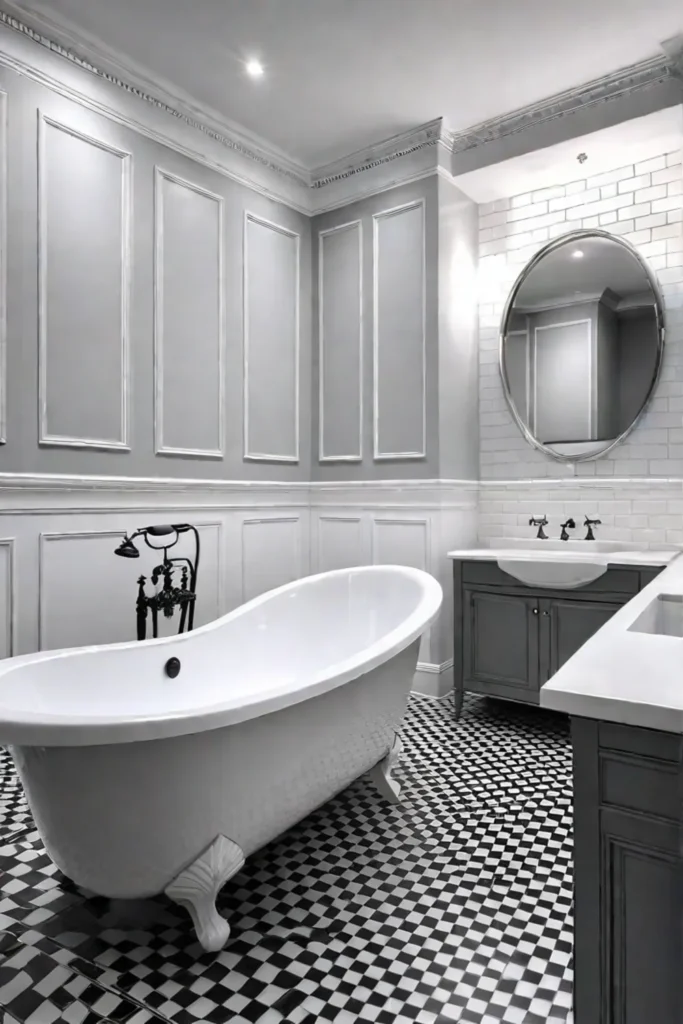
Remember, your bathroom should be a true sanctuary—a place where you can unwind, recharge, and let your worries melt away. With the right bathtub material, you’re one step closer to creating that oasis of calm and comfort in your own home.






